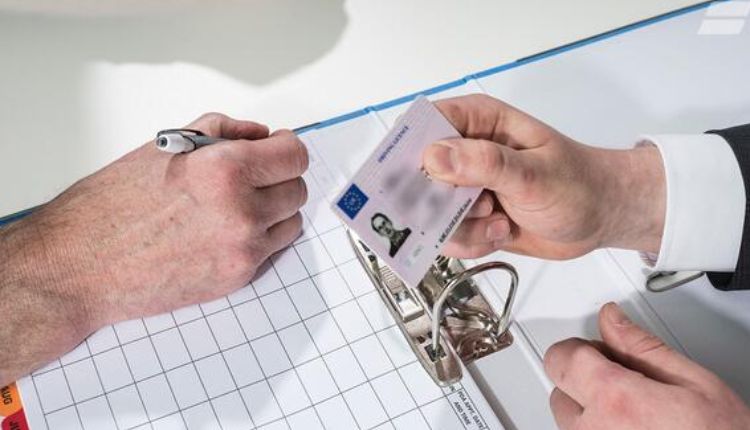A pre-owned purchase car requires attention to detail, and proper paperwork is central to a smooth transfer. Each document serves a specific purpose that secures both buyer and seller during the process. Clear records confirm ownership, verify history, and establish lawful registration.
Anyone planning to buy second hand car should focus on collecting these essential papers before closing the deal. Having all documents ready prevents delays and ensures the buyer drives away with confidence. Each form builds a foundation of trust between the parties involved in the sale.
Vehicle Title
The vehicle title proves legal ownership and is necessary to complete the transfer. It displays details such as the vehicle identification number, the owner’s name, and any lien information. Without it, the transaction cannot move forward under state requirements.
A buyer should inspect the title carefully before any money changes hands. The name listed must match the seller’s identity, and the identification number must match the car itself. If the title shows an active lien, that balance must be cleared before transfer.
Bill of Sale
A bill of sale acts as written proof that a purchase took place between two parties. It lists the buyer’s name, seller’s name, vehicle description, and sale price. This paper protects both sides by recording the exact terms of the agreement.
Some states require this document for registration, while others accept it as a safeguard. Having it on file offers peace of mind and serves as a receipt of the transaction. It clearly marks the point of transfer between the old and new owners.
Vehicle History Report
A history report gives insight into the car’s background that may not be visible during inspection. It shows whether the vehicle has been in accidents, suffered structural damage, or been declared salvage at any point. It can also confirm past ownership counts and reveal records of maintenance.
Details in a report may include:
- Reported accidents or repairs
- Title changes across states
- Recorded mileage at service visits
- Open recalls noted by authorities
Odometer Disclosure Statement
Mileage is a factor that influences value and condition. The odometer disclosure statement is a legal document that confirms the reading at the time of sale. Federal law requires it for most vehicles that are less than a certain age. Its purpose is to prevent fraud through tampered or rolled-back mileage.
A buyer should compare the disclosure with the odometer reading on the dashboard. Service records can help verify if the numbers are consistent. When the statement aligns with other records, the buyer can trust that the mileage is accurate.
Proof of Insurance and Registration
Insurance is required before the car can be registered with the state. The new owner must show proof of insurance when applying for registration documents. Registration officially records the car under the buyer’s name and allows legal use on public roads.
Together, these papers complete the transfer from seller to buyer. Insurance provides financial protection in case of damage, while registration links the car to its owner in state records. With both secured, the buyer can drive the vehicle without concern.
Value of a Reliable Dealership
A reliable dealership plays a vital role in making the car purchase process smooth. Dealerships handle paperwork efficiently, including titles, bills of sale, and registration forms. This ensures buyers leave with confidence that every requirement is met.
Choosing a dealership with established practices also adds assurance. They verify ownership details, confirm accurate mileage, and provide complete documentation at the time of sale. Buyers benefit from a straightforward process that protects their investment.
To buy second hand car with confidence, every paper must be in place and carefully reviewed. The title proves ownership, the bill of sale documents the exchange, the history report reveals background, the odometer statement confirms mileage, and the insurance with registration ensures legal operation. Each one is essential for a smooth process.






